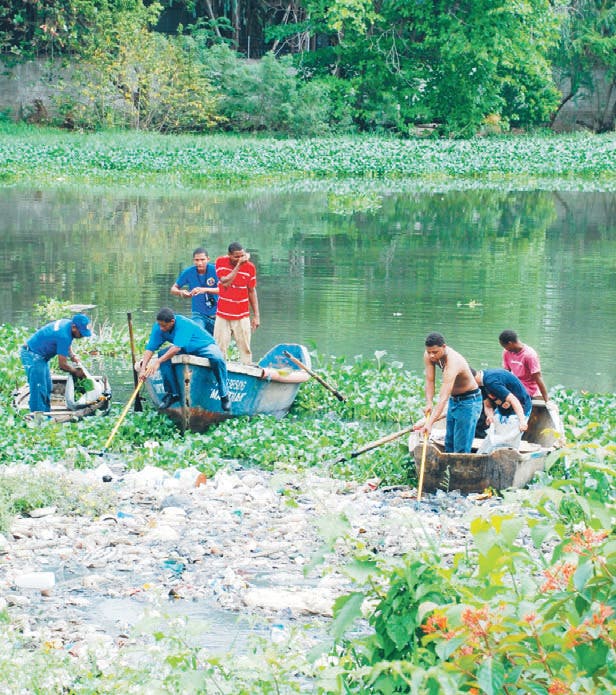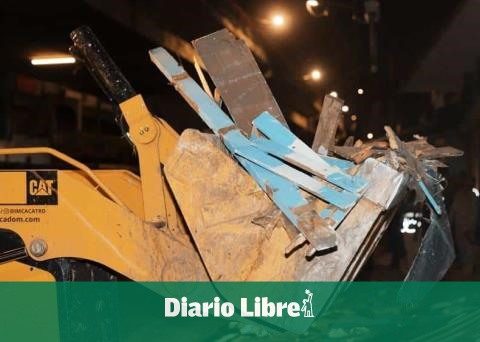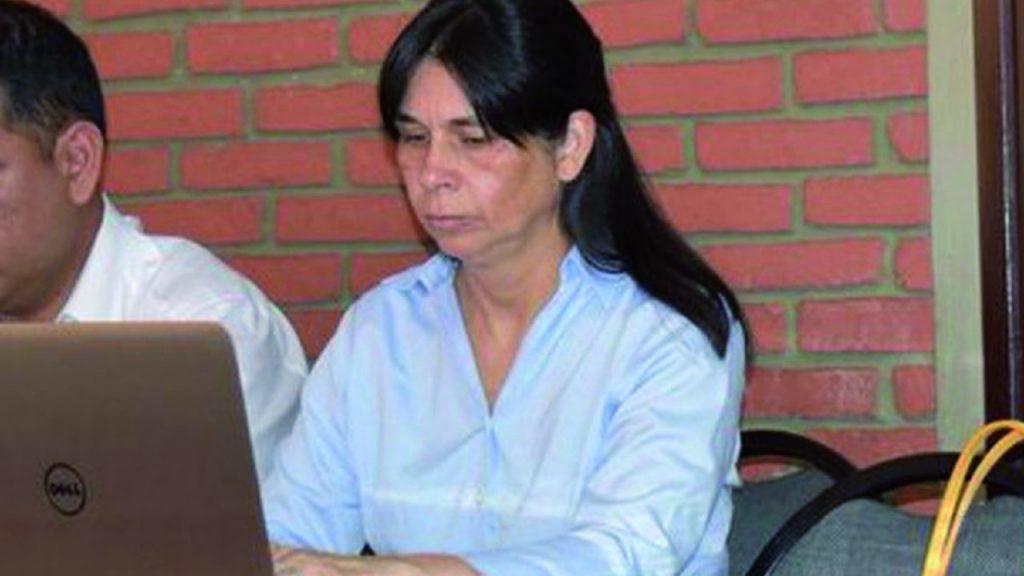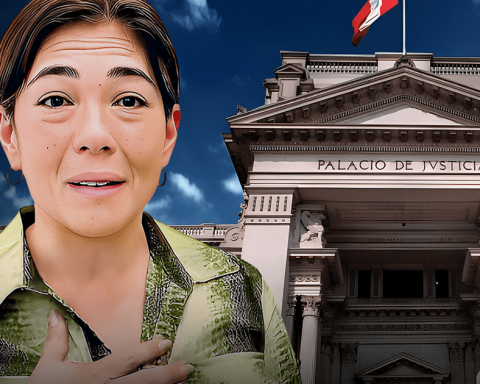Pollution. It corrupts water sources in the face of increased demand.
As if it were not enough with the enormous loss of water that Mother Nature sends us with the rain, the one that remains after its precipitous passage towards the sea, polluting it, is not fully used either. Large volume is adulterated with an increasingly increasing pollution, which reduces its availability while demand grows with the increase in population and economic activity.
The pollution of surface and underground aquifers, of such magnitude that requires urgent, forceful actions, has not been adequately addressed in the Dominican Republic during the last decades, not even in the main tributaries.
It is not currently at the required level, because, although different government agencies announce important projects to counteract it, investment is timid, restricts action, and it is still far from achieving the proper controls on users.
Water continues to be threatened by erosion, inappropriate practices in agriculture and industry, mining and tourism, domestic use, and the high generation and mismanagement of solid waste. An incessant and brutal attack on rivers and seas continues, destroying aquatic life, as evidenced by the recent death of thousands of fish in Barahona.
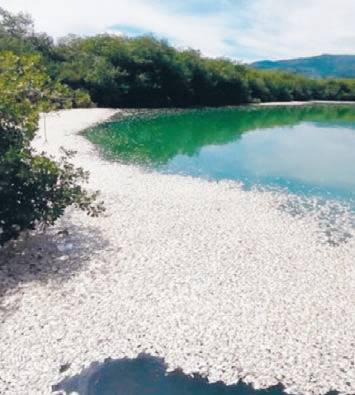
Rivers continue to carry waste of all kinds, plastics and harmful chemicals. And this occurs despite the impact of this pollution on health and the economy, and is one of the most important factors in the availability of water.
Its quality is degraded day after day with the erosion of agricultural soils rich in phosphates and nitrates that the rain transports to rivers, streams, lakes, dams and seas. Sediments contain harmful organic matter, fertilizer residues, and pesticides.
The high concentration of nutrients causes an excessive proliferation of algae, producing eutrophication, an acute pollution as in the Isabela, Ozama and Haina rivers.

There are technological answers to take advantage of algae as a raw material with various uses, but the adulteration of water persists, the amount of pollutants increases the cost of its potability, disables aquifers for human and animal consumption, fish farming and other uses.
Great water pollution derives from agricultural irrigation, which consumes the largest volume of water, of which more than 60% is lost due to antiquated irrigation systems and poor agricultural practices such as rice and banana cultivation.
In rice it has been common to use nitrogen-based fertilizers, which in contact with water turns into nitrate, which can cause brain damage in children.
Pollution and health
Due to the absence or deterioration of treatment plants and other infrastructures, wastewater from domestic and industrial consumption and other activities are dumped into rivers and streams without any purification, with a high content of chemical and biological waste that finally reaches the sea.
The high deficit in access to basic sanitation services adulterates aquifers into which millions of gallons of this wastewater fall mainly from cities, as well as tons of solid waste, including dangerous toxins that can cause serious health problems.
According to studies, just by improving access to clean water and basic sanitation, the number of children who die each year will be reduced. The incidence of diarrhea would drop by almost 90%, generating substantial savings in health costs and an increase in productive days.
Specialists argue that a brake on water diseases caused by pollution and a reduction in patients in hospital centers, is achieved with efficient systems of drinking water supply and sanitary sewerage, collection, transportation and final disposal of solid waste.
With few exceptions, the national situation is critical, open dumps, garbage dumps everywhere, there are very few treatment plants, many very old, out of service. Hundreds are required in waste-generating industries, one in each municipality and municipal district.
The Santo Domingo Aqueduct and Sewerage Corporation is developing a program for the repair and construction of plants, such as the one that purifies the Ozama River, which would treat more than 40% of the city’s wastewater.
Efficiency and demandto
The demand for water is projected for 2025 with an increase that will place it at 13,724.85 million cubic meters per year.
A challenge in the face of disturbances associated with climate change, which maintains the trend towards drought. A great challenge due to the decline in water quality, the persistence of unsustainable agricultural practices, inefficiency in the use of water and a reduction in the useful life of reservoirs.
Planning is not lacking.
In 2016, the Water Resource Coordination Table was created, aimed at improving the quality of the management of this resource and the provision of health services (PHC) and solid waste. In December 2020, the Water Cabinet was announced and then a pact for water, a national strategy to be executed in fifteen years with an investment of US $ 8.85 billion.
Reducing the pollution of surface and underground aquifers, purifying wastewater before reaching the rivers and building seven dams, are among the actions programmed by the Cabinet, along with a plan to channel the water from the sanitary sewer to treatment plants.
Its impulse will depend on the availability of resources, government, business and citizen support.
